Don’t worry. You didn’t miss a major piece of news or anything. Despite what the title of this article might imply, Boeing did not announce and all new variant of the legendary 707. It was simply I (being the silly guy that I am), who decided to come up with the Boeing 707 “MAX”. I take full responsibility for this ridiculousness.
In other words, this is purely a concept that would never see the light of day. For those of you who follow my SANspotter YouTube channel, you’ll know that I’ve been struggling to come up with content ideas lately since I am still unable to fly due to COVID-19. One of my most recent ideas was to make a video explaining what a Boeing 707 MAX would look like if Boeing was still producing those aircraft today. If you’re curious, this is the video:
I should also note that I wasn’t really sure what to call this next-generation 707. “MAX” seems to be the popular tag right now (although the 737 MAX debacle may have killed it). I guess I also could’ve called it the Boeing 707 “Plus” as well. Maybe even the 707-8? However, no matter what it’s called, it’s still a stupid idea. I know that.
Blank side view templates of the Boeing 707 MAX
I’ll go deeper into explaining all the differences and changes that I made to my original Boeing 707 template to this next-generation model in a moment. But first, here are the templates:
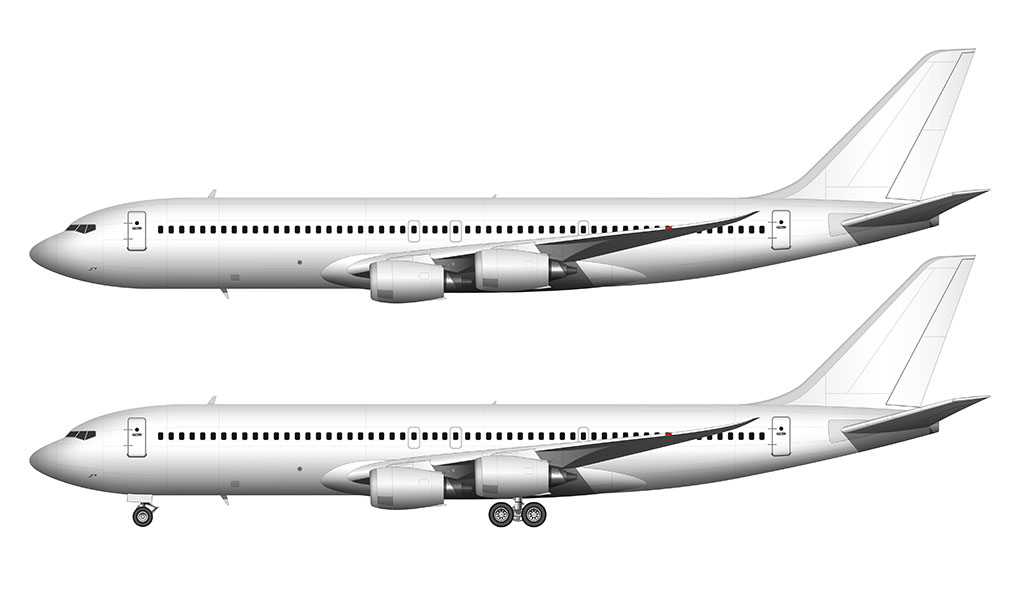
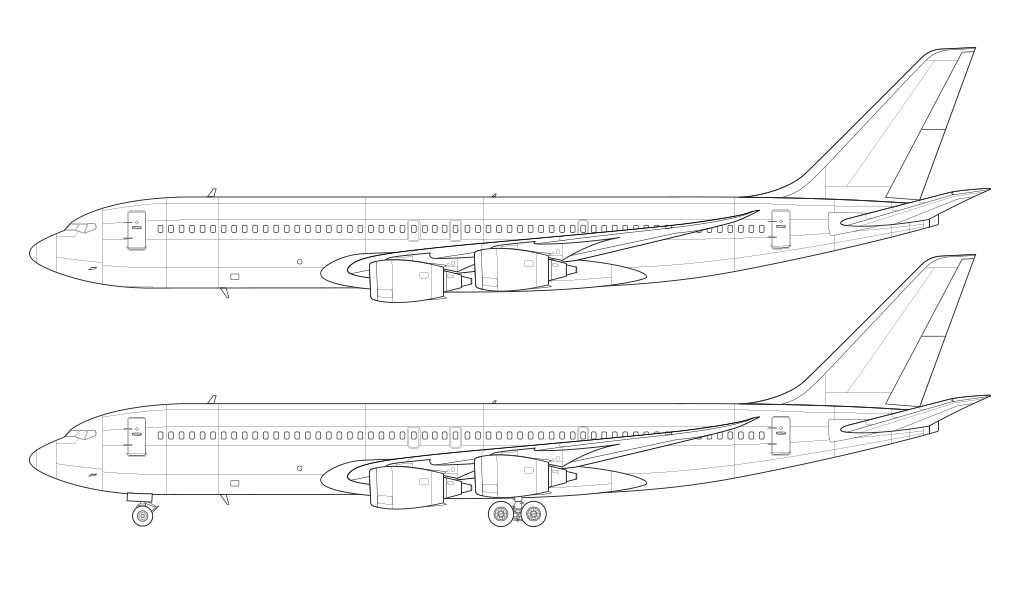

It should be noted that I debated whether or not to make a bare aluminum version as well. After giving it a bit of thought, I decided that it probably wouldn’t be realistic anyway since this aircraft would likely be built with composite materials.
Wait a sec. Let me clarify: I don’t think there’s any chance that this aircraft will be built. Remember – it’s just a concept! Arguably a very stupid one at that…
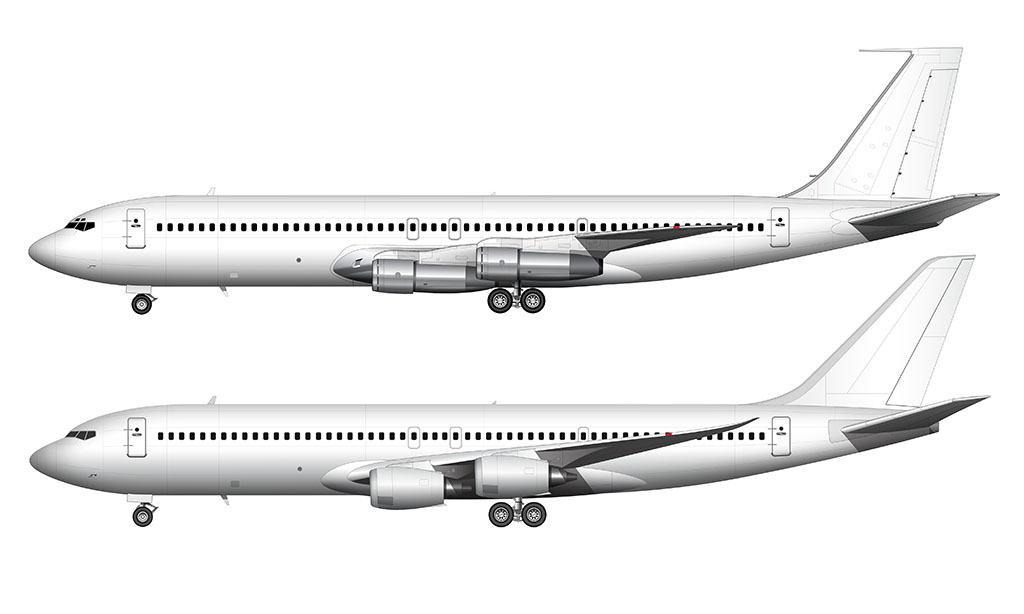
How is the Boeing 707 MAX different from the original 707?
Good question! Because I’m just a lowly illustrator and designer, I don’t have the intelligence to tell you about all of the highly-technical mechanical differences. Especially all the ones that you engineers out there are just dying to know. However, I’m really good at making things look better, so that’s all I’m going to focus on in this article.
Here is the detailed list of all of modifications that I made to my original 707 template to create the 707 MAX:
- I created an all new wing design, which is approximately 10% longer and includes blended winglets. It’s a fully carbon composite wing (of course).
- Speaking of the wing, I significantly cleaned up the wing box. It’s a much simpler design on this MAX variant, and it eliminates the complexity and excessive sectioning of the original design.
- The engines are all new. It would be impossible for me tell you how much thrust they produce, but I will say that they are roughly the size of what you would find on the new Boeing 737 MAX aircraft. Hey – I may not know how stuff works, but I’m really good at making basic comparisons.
- I created an all new vertical stabilizer, which (unfortunately) eliminates the protruding antenna / pitot tube at the top of the leading edge. I know. That was one of the little details that made a 707 a 707. And I ruined it.
- I figured that the APU would need to be updated to modern standards, so I made a few adjustments which resulted in reshaping the tail cone just slightly. It’s now more pointed with a sharper hole for the APU exhaust. The funny thing about this is that (after posting that video to YouTube), I was informed by several commenters that 707’s used ground power instead of an APU. Oops. Oh well…
- I lengthened and sharpened up the horizontal stabilizer just a tad.
- Finally, I increased the height of the landing gear to allow more room for larger engines.
What exactly is a Boeing 707 MAX? And what are its competitors?
Besides the 707 MAX being a stupid idea, I figured that it would be a very close competitor to the Airbus A321LR. After all, this is a medium to long range narrow body aircraft which should be more than capable of competing with the Airbus.
I’m half tempted to say that it could even compete with the Airbus a 330-200 (and even the A330-800) as well, but those aircraft offer more seating capacity with fewer engines. Even though this whole new 707 concept might look like a large and long range aircraft, I’m not foolish enough to think that it would be competitive with modern widebody aircraft.
In order to make the 707 competitive in today’s market, it would need to be a twin-engine design. But then, would it even be considered a 707 anymore? I don’t think it would, and that’s why I stuck with the 4-engine layout. It’s extremely uneconomical and costly, but… It sure looks good, doesn’t it?
What is the next Norebbo aircraft template going to be?
If you’ve reached this far in the article without falling off your chair laughing at my stupid ideas, you’re in luck. Why? Well, because it’s time to tell you what I’m currently working on:
Long story short, all of you who have been pleading with me to create a Beechcraft King Air will be happy to know that I have one in progress. More specifically, it’s the B200 model.
I am more of a “large aircraft” kind of guy, and a little stuff isn’t so exciting to me. However, I know that a lot of you have a legitimate need for some of the smaller prop-driven aircraft, and I’m here to serve.
You can expect to see those templates here on the blog sometime within the next few weeks.

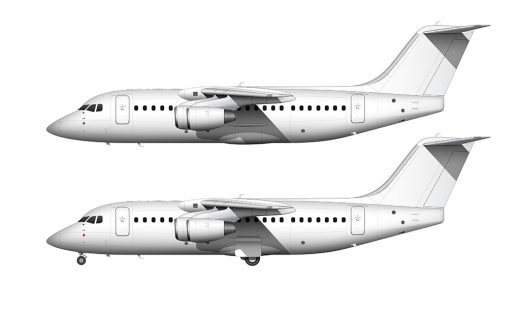
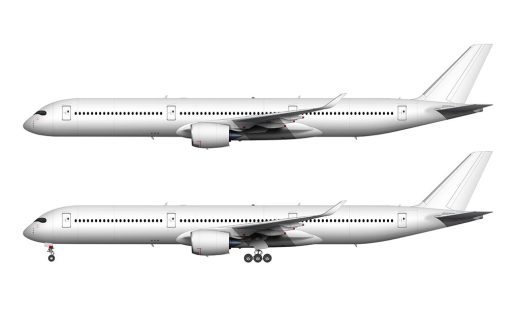
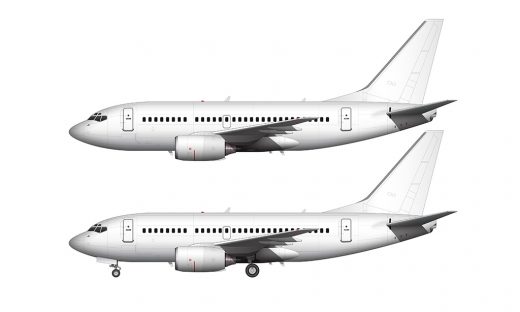
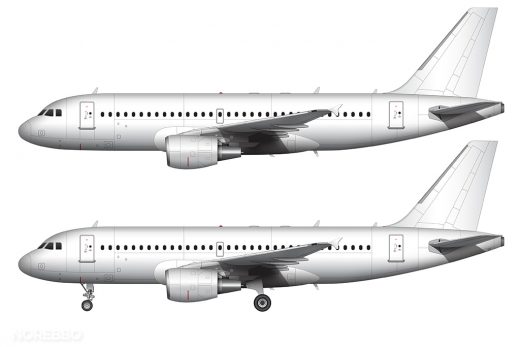
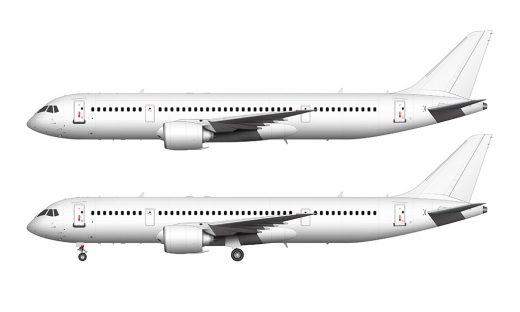
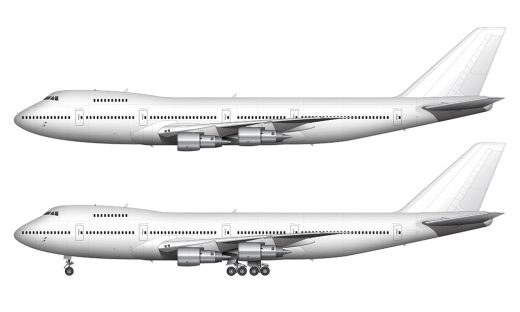
The original 737 was developed basically from the early Boeing 720 – which in turn was just a fuselage shortening of the 707. This means that the 737 design is older than what most people give it credit for. In this design, it’s basically like a slightly longer 737-MAX 10 with 4 engines that, theoretically, make it faster as well. So, Boeing would definitely not make this – nobody likes internal competition, and the 707 competing with 737 is very large internal competition (that’s why Boeing shut MD-11 production after all freighters were finished – it would compete with the 777). All business and technicalities aside, a great job at seeing what it would look like if Boeing milked out the entire 707, after the fuselage.
Thanks Royyan! Yeah, I realized that there was no point to this other than saying “what if”. As the performance of the video has showed, not too many people seem to care about a modern 707. Haha!
These flights of fancy are great. Surprised you didn’t go for even larger engines – who cares if they’re practical? Some military variants of the 707 are fitted with big fat CFM engines and they look great!
You’re absolutely right Martin – it would be fun to push these design concepts just a little further. My mind is spinning with ideas right now, and I’ve just got to figure out what I’m going to tackle next…
If you want to make an aircraft that doesn’t exist in the real world, here’s a thought: A340neo.
Good idea! I’d be an evolution of the A340-600 (which was technically an A340neo), but it’d be fun to experiment with.
two concepts i would LOVE to see you design is a tri-engine 747 (they would have been the 747 SP) and a MD-11 max (not real but it could be cool)
also please release your 727 max redesign (still not happy you removed the third engine though) wouldn’t it just be a MD-80 at that point though
Boeing indeed floated a derivative of the
747 that was a 3 engine version, before deciding to go with the SP as a hopeful competitor to the trijet widebodies. I didn’t think it was very aesthetically pleasing, however…the middle intake juxtaposed with the forward hump just didn’t look right, unlike the DC-10/L-1011. IMHO.
The antenna you mentioned was an HF antenna. Not all 707s had it installed, AA’s for example, as they weren’t intended to be flown transatlantic. B747-100/200s had ‘spikes’ on the trailing edge of the wingtips for their dual, mechanically tuned HF installations.
C 1990s many of these were removed and replaced with upgraded, electronically tuned radios that had their antennae in the leading edge of the vertical stablizer. This is why B.747-400s never had the ‘spikes’.
Interesting. Thanks for the info Don! The more I learn about classic airliners, the more intrigued I become. I can’t even imagine how amazing it would’ve been to fly transatlantic on one of those early birds.
Hi there my friend! Beautiful work you do! Please go on!! The actual thing that killed the 707 (and that would make te 707Max useless) is the use of 4 engines. This absolutely multiplies the maintenance cots compared to 2-engined aircraft. Extending the landing gear would demand the complete redesign of the wings and that would probably make the whole exercise useless as the cost for this would be unjustifiable. If you could replace the 4-engine set up for a 2-engine one, the real question is which engine would you use, an uprated 757 engine, maybe? There was a peculiar characteristic that doomed future 707s, the angle of their wings made it impossible to further stretch the puselage like was done to many of the DC-8s.
On another subject, I once did a fascinating run of commercial civilian liveries for C-5s (wraparound bright red Royal Mail and yellow TNT cargo) and for C-17s (Lufthansa, Martinair, SantaFel rail, etc.) I believe I might re-do them soon! Another fun project was a French AF Mirage2000C scheme on the Chinese J-10 or a Portuguese AF commemorative Jaguar spot livery, or a Africa Korps Bf-109 dessert cammo on the sae J-10, so very cool!
Cheers!
Felipe